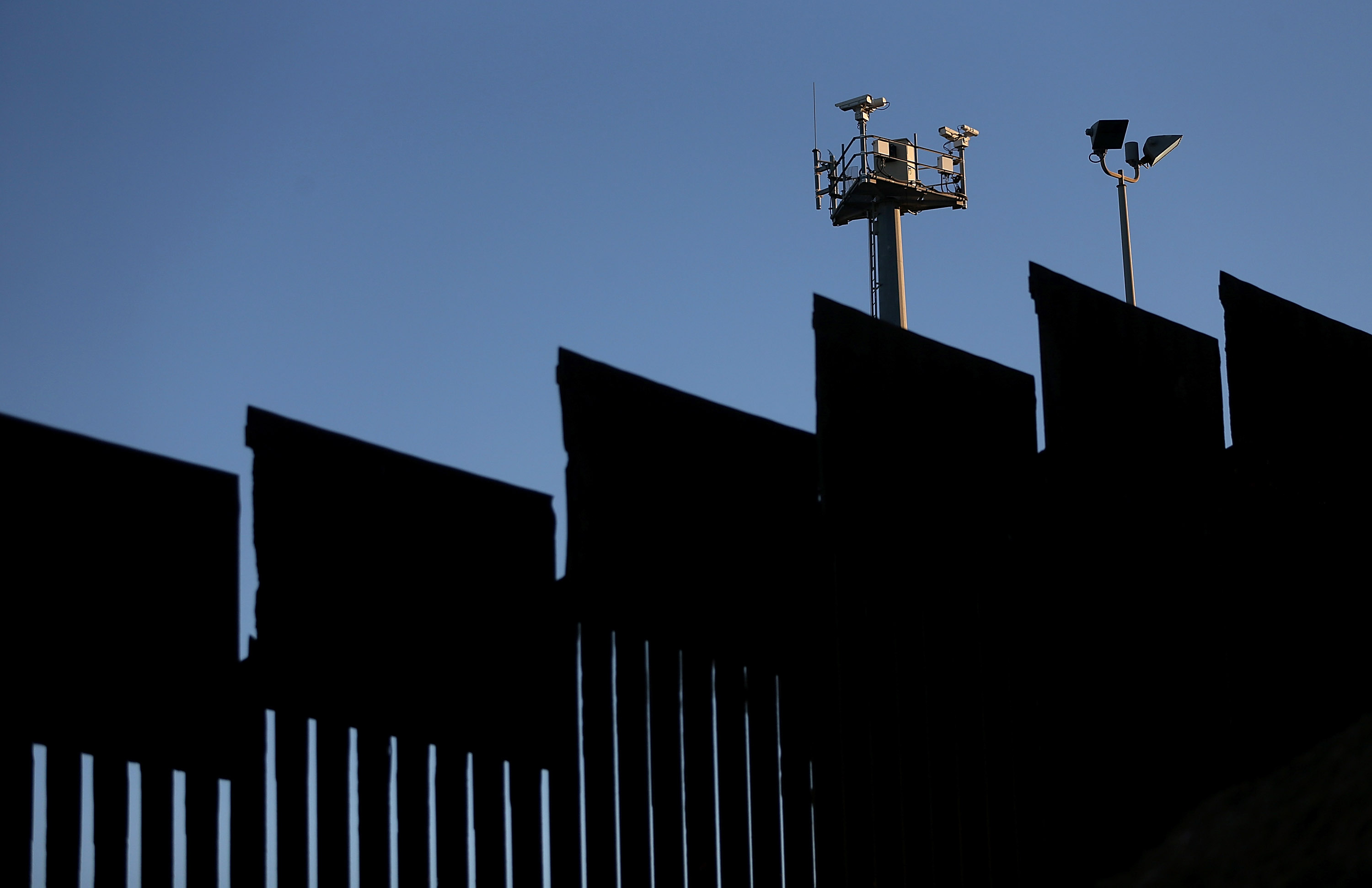The Cost of Trump’s Wall Going Up Is Going Up

On the campaign trail, Donald Trump said the wall he wants to build on the U.S.-Mexico border would cost about $12 billion. Republican leaders in the House and Senate estimated the tab would be about $15 billion.
A new report from the Department of Homeland Security, unearthed by Reuters, contains a far higher estimate: $21.6 billion. An independent estimate by a construction firm suggests that could easily run to $25 billion, given uncertainties in the plan.
In October, we ran our own analysis that considered the cost of concrete, steel, and labor. We found that the wall’s final price tag varies a lot depending on how high and how long you want to build it. During his campaign, Trump said he would build a wall between 35 and 65 feet high, though he didn’t say how long it would be.
The initial figures put forth by Trump, Speaker of the House Paul Ryan, and Senate majority leader Mitch McConnell all seemed on the low side. The latest number from the DHS is getting a bit closer, but by our reckoning $21.6 billion only buys you about 600 miles of a 50-foot-high, one-foot-thick wall. By contrast, the DHS report calls for a wall that would run for a total of 1,250 miles (check out our widget that estimates the cost of a wall of varying heights and lengths).
It would also take over three years to build, according to the Reuters report. That means that even if everything goes exactly according to plan and construction begins in September, the earliest the wall would be completed would be near the end of Trump’s first term as president.
Of course, completion may not be the goal. The DHS report suggests the wall could be built in phases, starting with small sections near San Diego and parts of Texas, covering a total of 26 miles. That would be a political win, cost less than half a billion dollars, and avoid the logistical headache of trying to construct a wall that extends through long stretches of remote, inaccessible terrain.
(Read more: Reuters, “Bad Math Pros Up Trump’s Border Wall”)
Keep Reading
Most Popular
Large language models can do jaw-dropping things. But nobody knows exactly why.
And that's a problem. Figuring it out is one of the biggest scientific puzzles of our time and a crucial step towards controlling more powerful future models.
The problem with plug-in hybrids? Their drivers.
Plug-in hybrids are often sold as a transition to EVs, but new data from Europe shows we’re still underestimating the emissions they produce.
Google DeepMind’s new generative model makes Super Mario–like games from scratch
Genie learns how to control games by watching hours and hours of video. It could help train next-gen robots too.
How scientists traced a mysterious covid case back to six toilets
When wastewater surveillance turns into a hunt for a single infected individual, the ethics get tricky.
Stay connected
Get the latest updates from
MIT Technology Review
Discover special offers, top stories, upcoming events, and more.